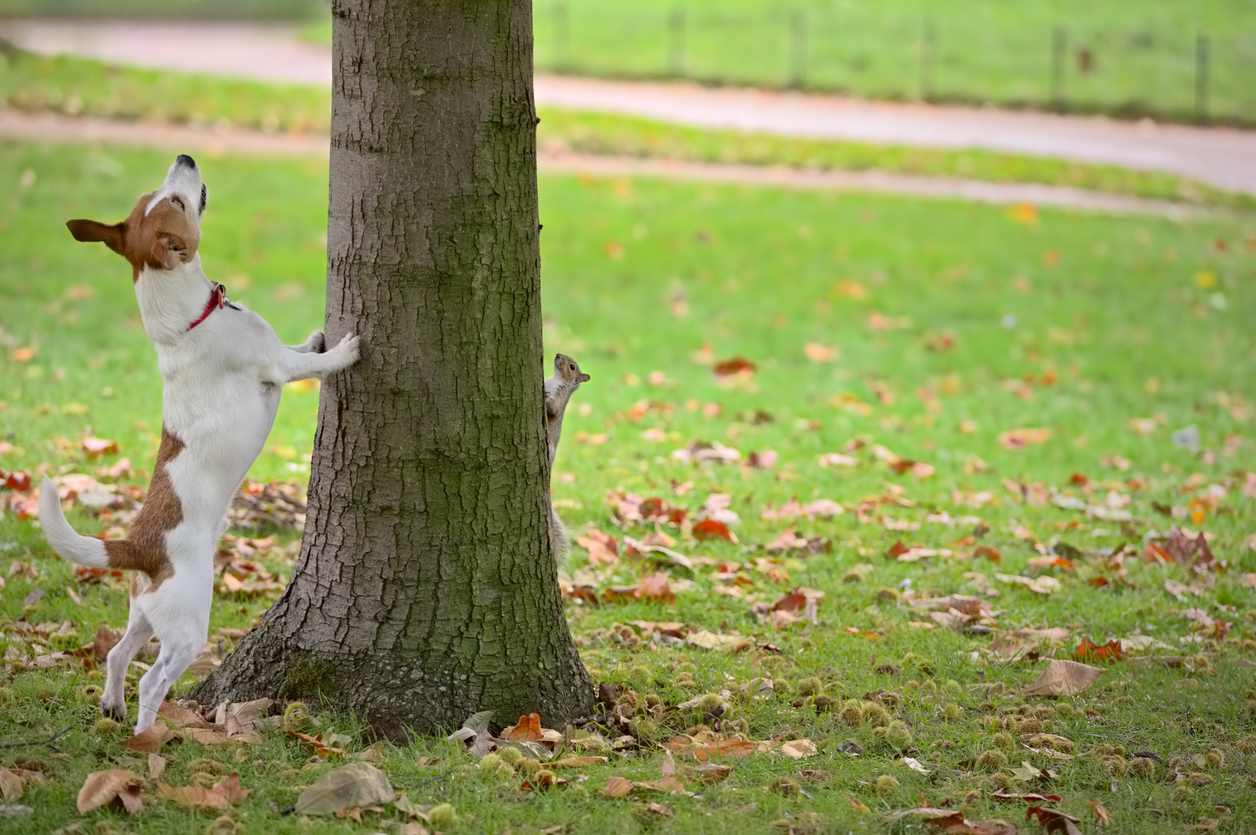4 Tips for Hunting Raccoons During the Daytime
If the need to hunt at night or invest in an expensive hound has put you off raccoon hunting, daytime hunting may be just the answer. Whereas other types of hunting such as squirrel hunting are perfectly possible with or without a dog, it's almost impossible to hunt raccoons at night without a dedicated hound.
Daytime raccoon hunting has many benefits: you don't need a dog, you can hunt alone with your rifle and it fits in perfectly around other types of hunting such as coyote hunting. Here are four tips to ensure that your first daytime raccoon hunt goes smoothly.
1. Approach downwind and learn to track.
Without a dog, or 'coonhound,' to help you trail raccoons, you have to approach your hunting area from downwind or crosswind. While raccoons are nocturnal, they may still catch your scent if you approach upwind and their dens are low in the tree trunks. Learning to identify raccoon tracks will help you identify which dens are inactive and which are in use.
2. Use an e-caller.
Electronic callers, or 'e-callers' for short, are essential if you want to shoot raccoons during the daytime. As raccoons are nocturnal, you need a loud distraction to rouse them and encourage them to venture out of their dens.
The sounds of young raccoons in distress are very effective for tempting sleepy raccoons onto tree branches. If you later have a change of heart and decide that coon hunting isn't for you, an e-caller will come in handy for other types of prey.
3. Position your caller correctly.
E-callers are useless if you position them directly in front of raccoon den. If the device is visible, you will never get a chance to take a shot. The optimum position for a caller is on the opposite side of the tree to the den.
This forces the raccoon to leave the safety of their den and venture around the tree, thus giving you an opportunity. Most e-callers work best at a distance of 20 feet from the tree containing the den.
4. Combine the e-caller with an active decoy.
Active decoys typically feature a fluffy 'bait' that rotates around a solid base. This gives the appearance of a small rodent or creature moving around on the ground. Some decoys simply spin while others can be programmed with a variety of movements.
By positioning the decoy around ten yards away from the e-caller, you are creating an irresistible vista for your target raccoon. To your prey, the decoy may look like other coons fighting over an easy meal. This setup should tempt even the sleepiest raccoon out of their den and into your sights.
To conclude, daytime raccoon hunting can be a good alternative to traditional nighttime hunting. It can fit around your other hunting activities. Not only is daytime hunting easier on your sleep patterns but it helps you avoid the ever-increasing costs of keeping a coonhound.




